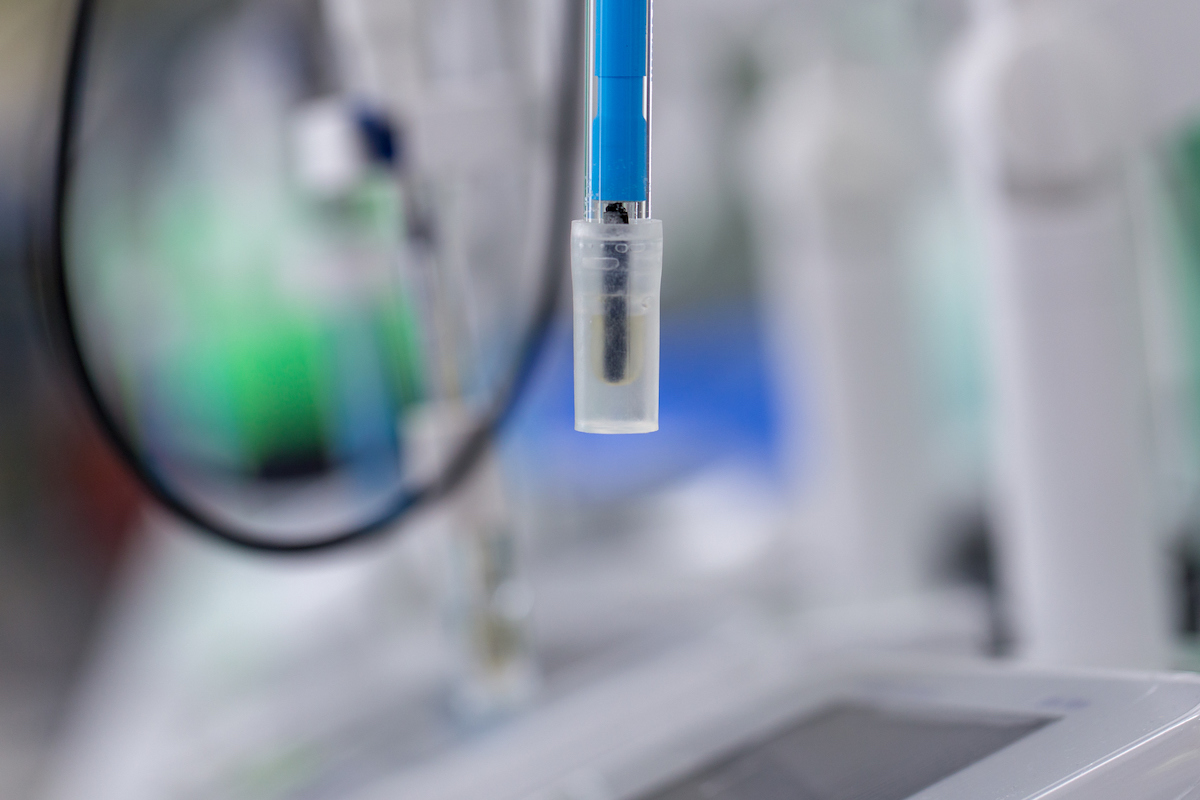
Imagine you’re using a ruler to measure something in inches. There’s just one problem: The space the ruler claims is an inch is actually 6/8 of an inch. If you didn’t know that, none of your measurements would be accurate.
In the world of pH testing, the same idea holds true. In order to obtain accurate pH measurements in the water quality industry, you need to be certain that your pH meters and probes are calibrated against a standardized buffer that serves as a baseline against which you can compare other solutions. When pH meters and probes haven’t been calibrated, you have no way of knowing whether your measurements are accurate or reliable. By using a standardized buffer that has well-defined characteristics and testing it against your pH meter, your meter will adjust automatically.
Failure to calibrate pH meters and probes can skew your readings and damage your equipment. Since the whole point of using these instruments is to get accurate measurements, you want to avoid these outcomes. Follow these four tips to get trustworthy pH readings while extending the life of your devices.
1. Learn how to handle your specific pH meter
Every pH meter has a slightly different calibration process. So first things first: Read the manual that comes with your pH meters to make sure you know how to calibrate your device. Otherwise, you may end up thinking you’ve calibrated your meters successfully, only to find out the hard way that your readings were inaccurate or that the calibration data was not saved properly.
2. Calibrate your pH meters often
To optimize your reading accuracy, you need to regularly calibrate your meters to ensure they work with the particular pH electrodes that are attached to them. This is necessary because it prevents degradation due to normal wear and tear. For the best results, calibrate your meters before using them for the first time, when you’re using them for the first time in a while, everytime you attach a different electrode to a meter, and before you perform measurements in a new pH range.
Worried that the calibration process may take a long time? Don’t be. With your fresh buffer solution at room temperature, stabilization should at most take 60 seconds per calibration point.
3. Take care of your electrodes
The electrodes attached to your pH meters are what actually measures pH levels. In the water quality industry, it is therefore critical that you take good care of your electrodes. Otherwise, they will dry out and stop working. Your pH electrodes need to be kept wet to allow for constant ion activity in the sensory part of the electrode. We recommend adding a few drops of potassium chloride electrolyte to the protection cap to ensure the electrode’s glass membranes remain hydrated and don’t dry out. Avoid storing electrolytes in deionized or distilled water, which can hurt the pH sensors in the glass membranes of the electrode.
4. Use the proper pH buffers
If you are not sure about the pH levels of your buffer solution, it will at best be very difficult to calibrate your pH meters and probes correctly. To this end, it is critical that you use pH buffers that have been tested and confirmed to possess specific pH values. Beyond that, you also need to make sure that your buffer solutions aren’t expired—and that they haven’t been sitting in storage for too long. Keep in mind that buffers with high pH levels that have been opened may expire ahead of the expiration date.
Like any other piece of equipment or technology, there will come a time when your pH meters and probes have run the course of their useful lives. When readings become increasingly slow or unstable and you can’t calibrate your electrode anymore, it may be time to replace it. Whether you’re looking for a new tester or you need to replace an old one, browse our comprehensive selection of pH meters and probes to find the devices you need to ensure accurate pH readings. While you’re searching for a new solution, please don’t hesitate to reach out to us if you have any questions. We look forward to hearing from you!
![[FREE GUIDE FOR DISTRIBUTORS] A Complete Guide to the Jenco Product Line: How to Sell, Market, and Be Successful](https://no-cache.hubspot.com/cta/default/2136035/80bf53b8-43b9-4ad3-9946-bce0a8e4beb4.png)

Comments